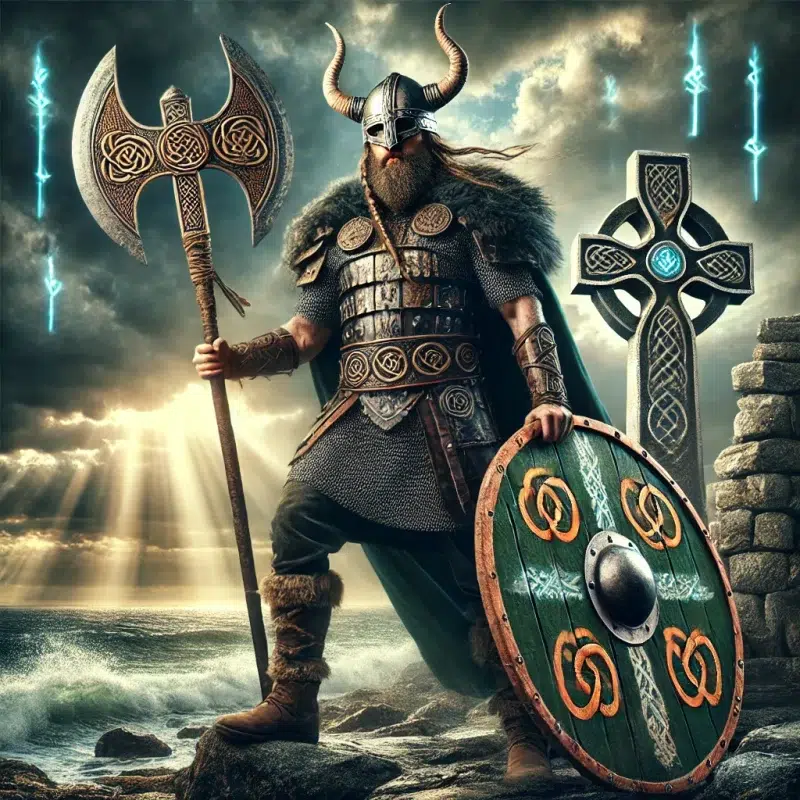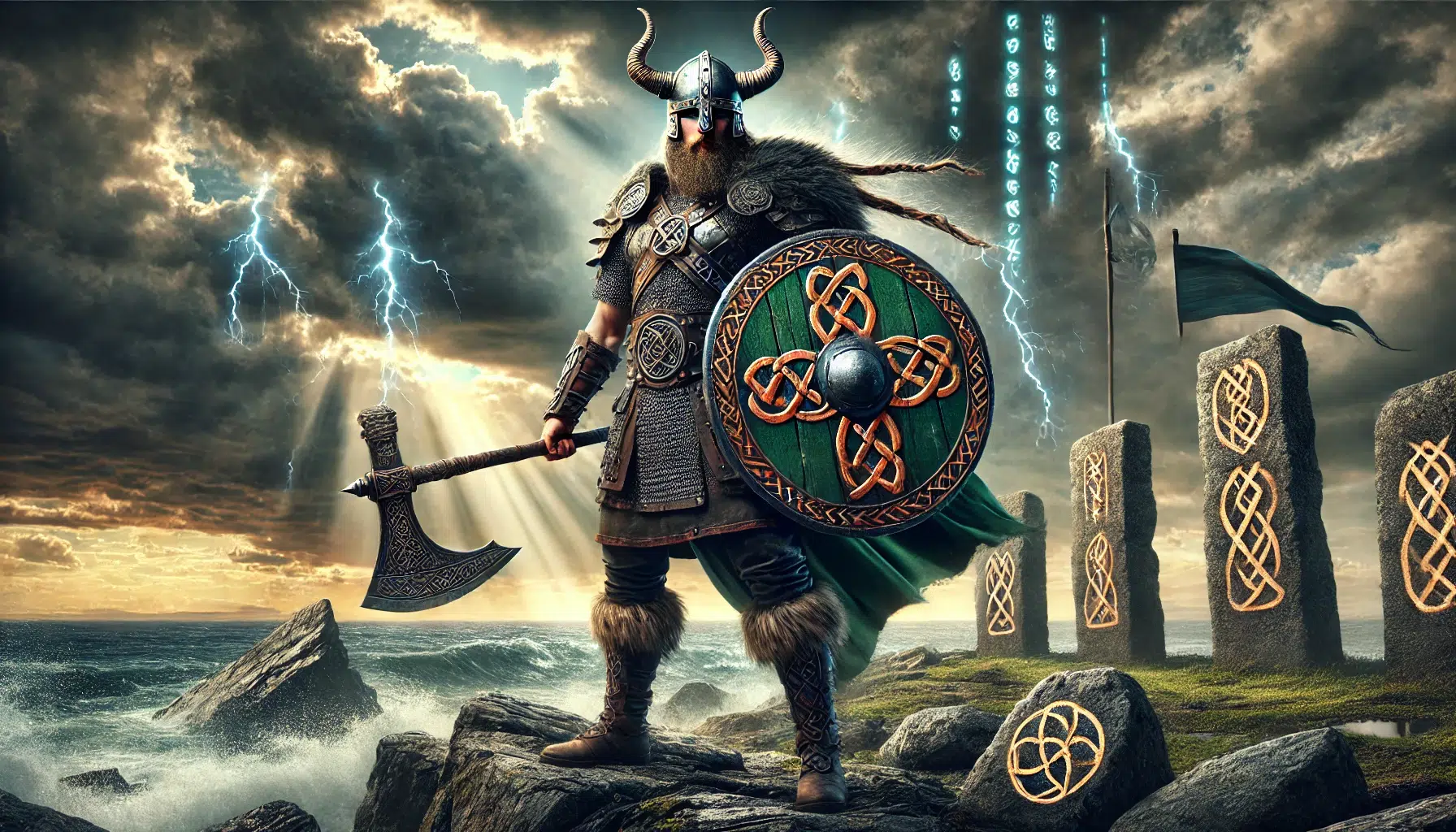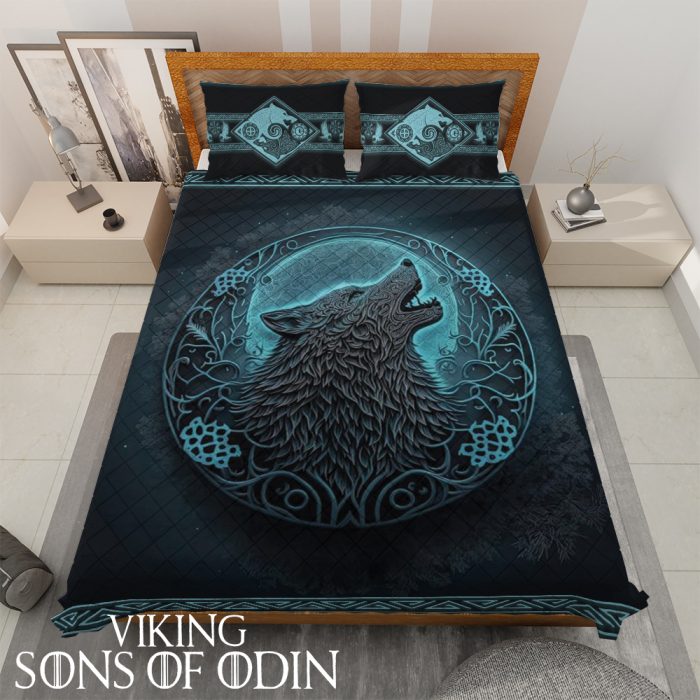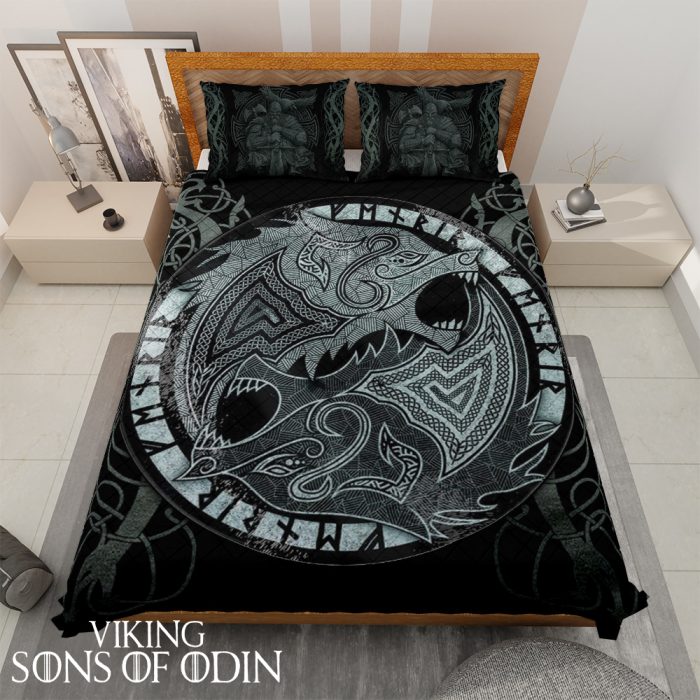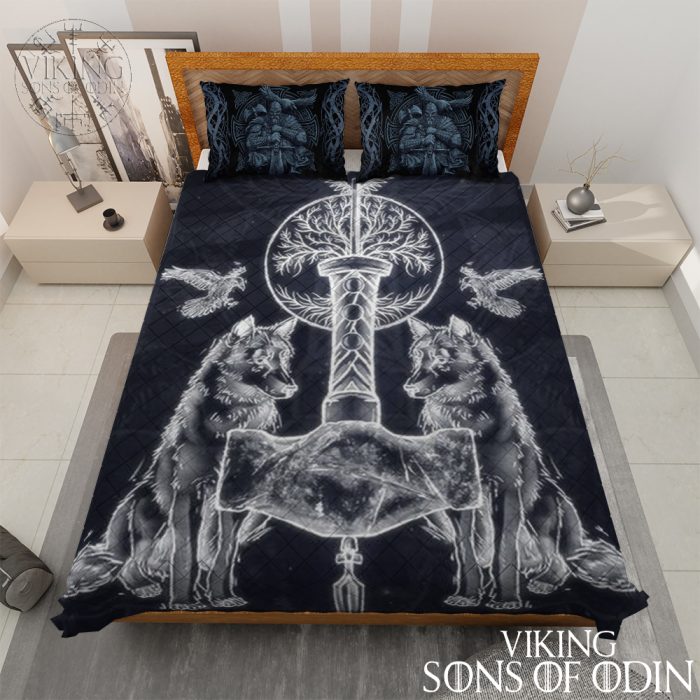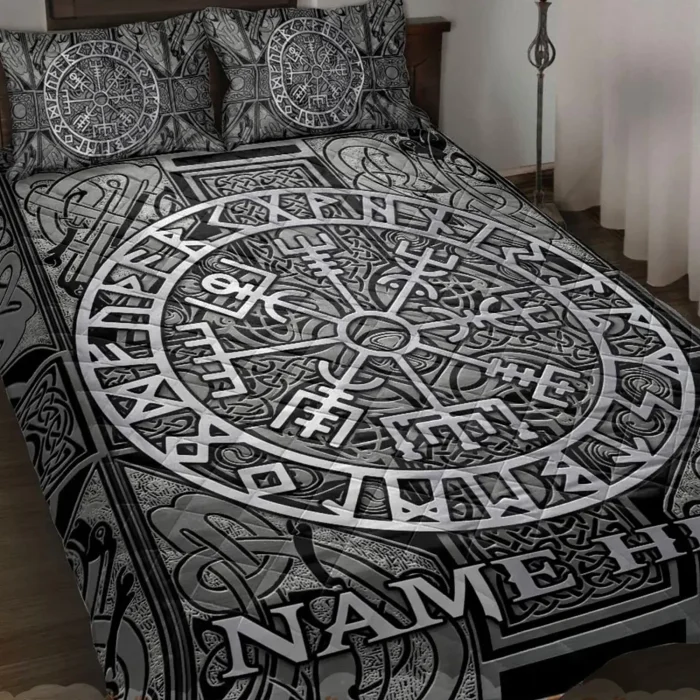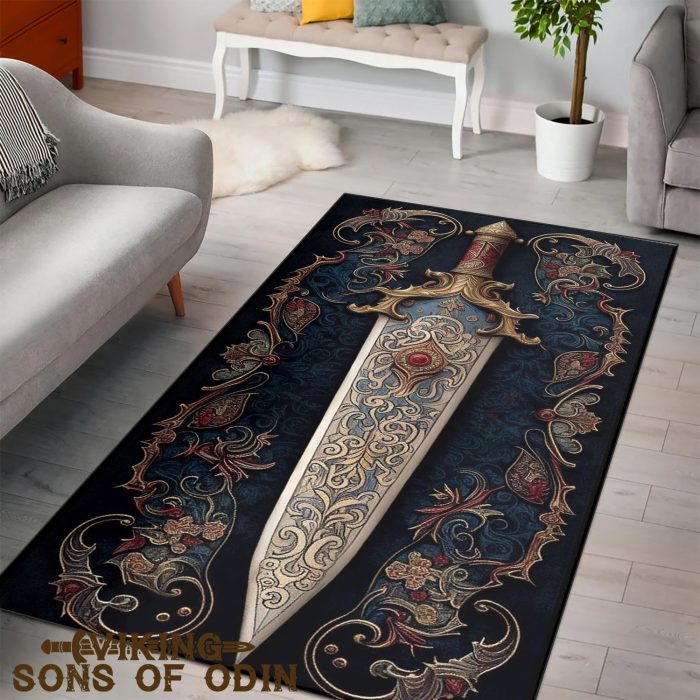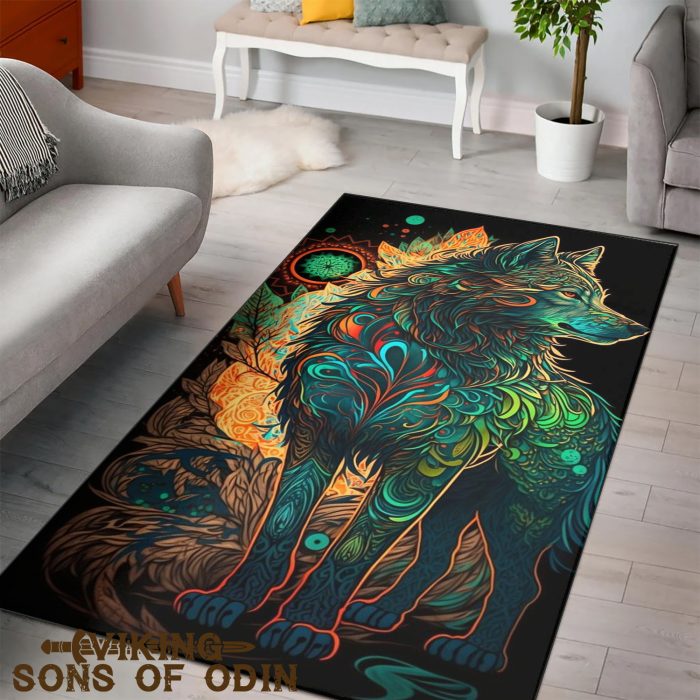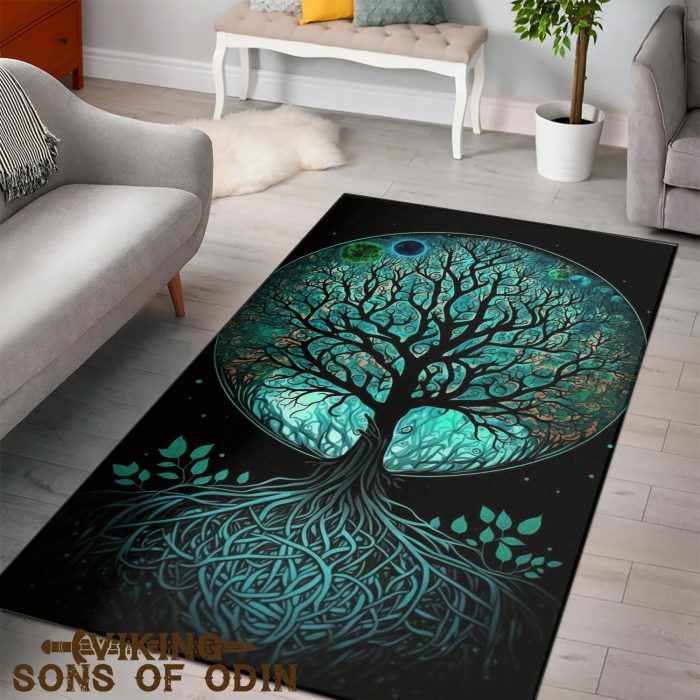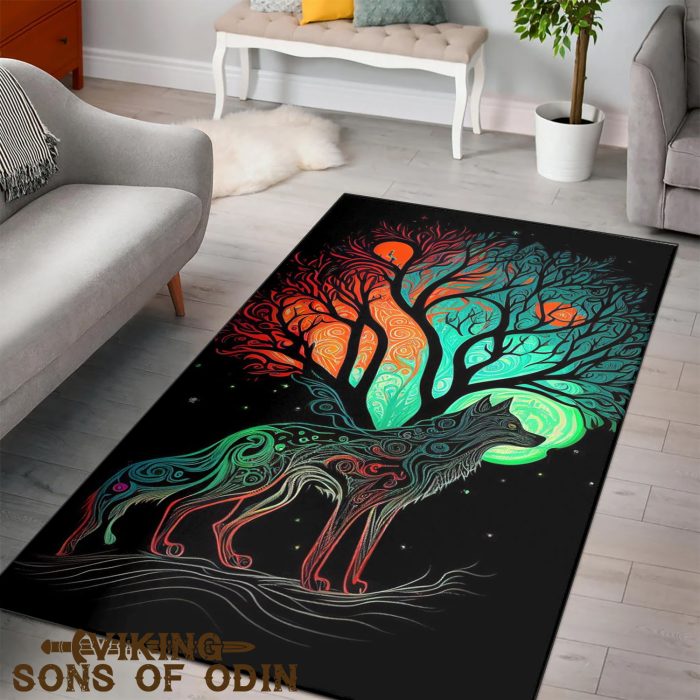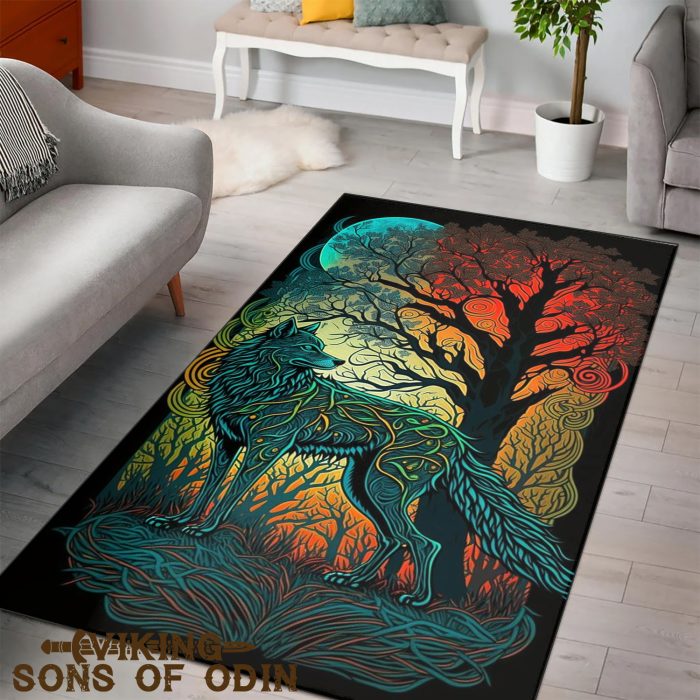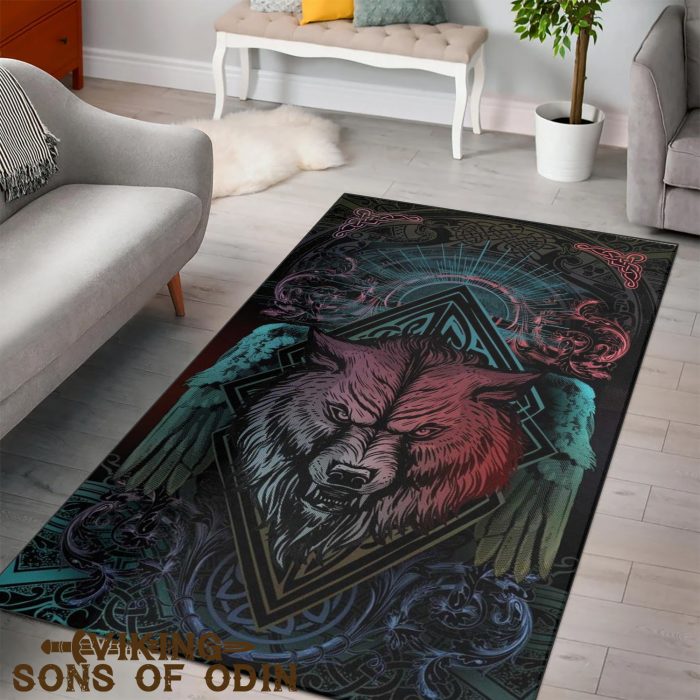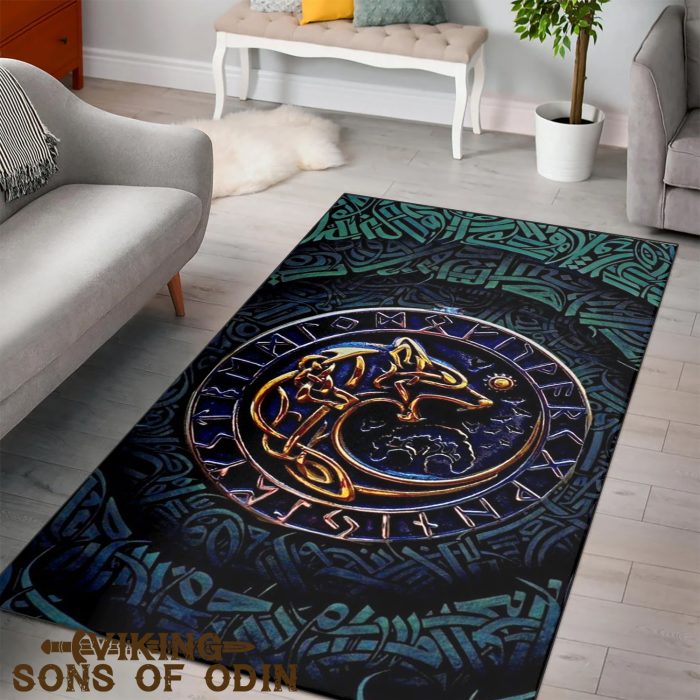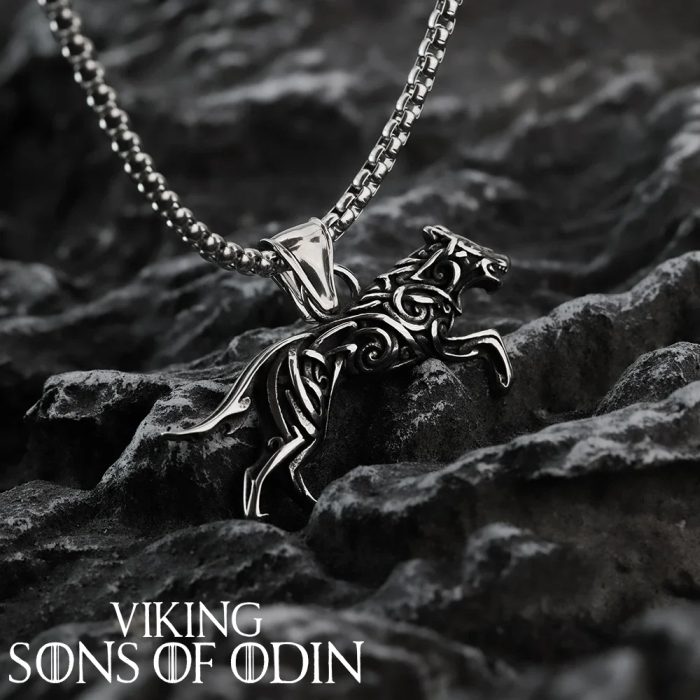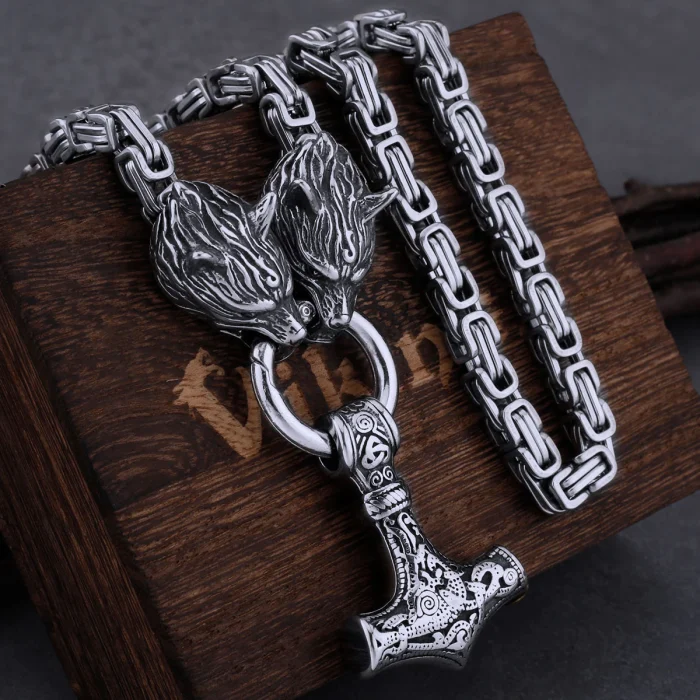Occasion
Viking Celtic: The Fusion of Two Legendary Civilizations | Viking Patrick’s day
When we think of Viking Celtic, two legendary warrior cultures come to mind—Vikings, the fearless seafarers of the North, and the Celts, an ancient European civilization with deep-rooted traditions. While they initially clashed in bloody battles, history tells us that these two powerful cultures eventually merged, influencing each other and leaving behind a lasting legacy.
1. Who Were the Vikings and the Celts?
The Vikings – Warriors of the North
The Vikings were warriors, traders, and explorers from Scandinavia (Norway, Denmark, Sweden). From the late 8th to the 11th century, they dominated Europe’s coastlines during the Viking Age, raiding and settling in England, Scotland, Ireland, and France.
Famous for their longships, battle axes, and Norse mythology, the Vikings worshipped gods like Odin, Thor, and Loki. But they weren’t just raiders—they were also settlers and merchants, founding major cities such as Dublin, York, and Normandy.
The Celts – A Timeless Culture
The Celts existed long before the Vikings, with their roots stretching back to 1200 BCE, covering vast regions of Western Europe, including Spain, France, Britain, Scotland, and Ireland. They were warriors, artisans, and spiritualists, known for their Celtic Knot designs, Ogham script, and mysterious mythology.
Celtic religion was deeply spiritual, featuring gods like Lugh, Brigid, and Danu. They believed in reincarnation and a supernatural connection to nature, guided by their powerful priests known as Druids.
2. The Viking Invasions of Celtic Lands
In 795 CE, the first Viking longships reached Ireland’s shores, launching raids on wealthy Celtic monasteries. These raids continued throughout the 9th and 10th centuries, but soon, the Vikings went from looters to settlers.
Major Viking Celtic Settlements
🏰 Ireland – The Vikings founded cities such as Dublin (841 CE), Waterford, Wexford, and Limerick, which became thriving trade hubs. They traded silver, weapons, slaves, and luxury goods with Europe.
🏰 Scotland – The Vikings occupied islands like Orkney, Shetland, and Hebrides, merging with the local Pictish (Celtic) tribes.
🏰 Isle of Man – A key location for Viking Celtic culture, blending Norse and Gaelic traditions.
While initially enemies, over generations, the Vikings and Celts intermarried, shared traditions, and created a new hybrid culture—the Viking Celtic.
3. How the Vikings Influenced Celtic Culture
The Viking presence had a significant impact on Celtic society, especially in Ireland and Scotland.
🔹 Language & Surnames
The Vikings introduced Norse words into Celtic languages. Even today, some Irish and Scottish surnames have Viking origins:
- Doyle (from “Dubhghall” – meaning “Dark Foreigner,” referring to the Danes)
- MacAuliffe (from the Norse name “Olaf”)
- McManus (from the Norse name “Magnus”)
🔹 Viking Celtic Art
The intricate, looping designs of Celtic Knots influenced Viking carvings, weapon engravings, and jewelry. In return, Celtic artists incorporated Viking symbols like ravens, wolves, and dragons into their own work.
Today, Viking Celtic patterns are widely used in jewelry, tattoos, logos, and fashion.
🔹 Mythology & Religion
Despite differences in their belief systems, there were intriguing similarities:
- Both cultures believed in supernatural forces and the power of the spirit world.
- Both had legendary warriors, such as Cú Chulainn (Celtic hero) and Ragnar Lothbrok (Viking chieftain).
- As Christianity spread, many Viking and Celtic myths were adapted into Christian legends.
4. Viking Celtic Culture in the Modern World
Today, the fusion of Viking Celtic culture is still visible across the world.
⚔️ Viking Celtic Festivals
Cities like Dublin, York, and the Isle of Man host Viking festivals each year, featuring battle reenactments, crafts, and Viking-inspired feasts.
⚔️ Film & TV Influence
Popular series such as Vikings (History Channel), The Last Kingdom, and Norsemen showcase the Viking Celtic connection, retelling the battles and alliances between these two civilizations.
⚔️ Home Décor & Fashion
Many home decor items, accessories, and clothing feature Viking Celtic designs today, including:
- Bedding sets with Celtic Viking runes and knots
- Rugs and wall tapestries with Norse and Celtic symbols
- Jewelry featuring Mjolnir (Thor’s Hammer) and Celtic crosses
5. Conclusion
Although they were once fierce enemies, the Vikings and Celts eventually merged into a unique hybrid culture that still influences us today. The Viking Celtic identity lives on in art, fashion, home decor, and popular culture, proving that history’s greatest warriors didn’t just fight—they also shaped the future.
🔥 If you love Viking Celtic culture, explore its rich history and unique style in jewelry, artwork, and home decor! What’s your favorite part of this legendary era? Let us know in the comments! 💬
⚔️ Home Décor & Fashion
Many home decor items, accessories, and clothing feature Viking Celtic designs today, including:
- Bedding sets with Celtic Viking runes and knots

